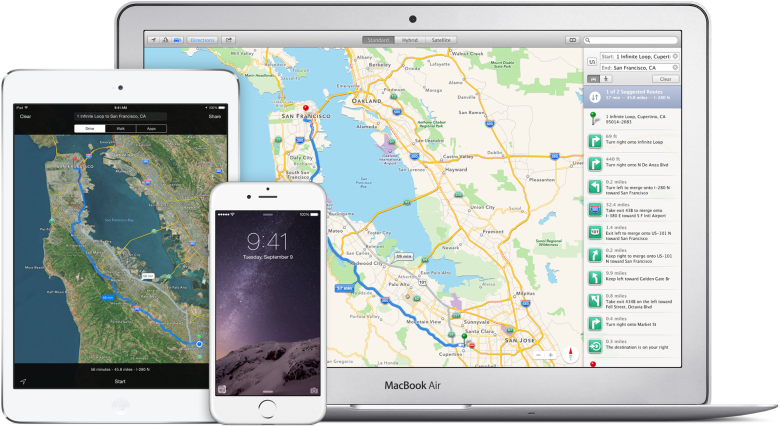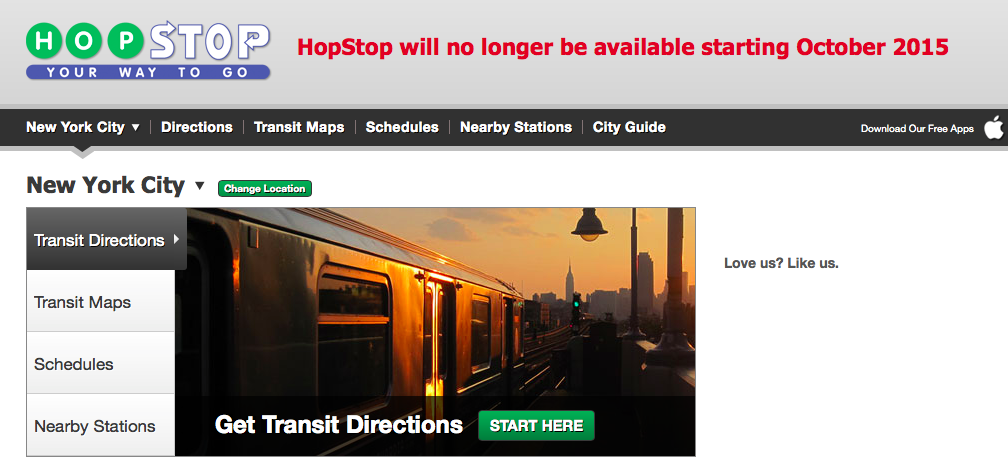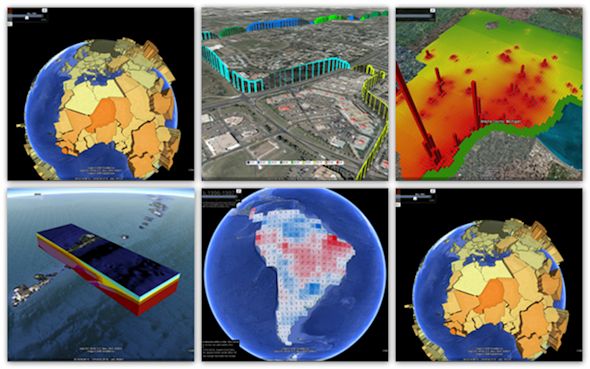
Apple expands Maps with transit to Boston and Sydney
Apple is not giving up on its Maps. Although it goes slowly, step by step the company adds additional features. Last month Apple released much-needed public transit directions together with iOS9 – new operating system for iPhones and iPads.
Initially transit info was available only in Baltimore, Maryland, Chicago, New York City, Philadelphia, Washington DC, as well as Toronto, Berlin, London, Mexico City and 300 Chinese cities outside the US. This week Apple has added two new cities Boston and Sydney.
Frankly speaking Apple expands public transit directions really slowly. At the end, back in 2013, the company purchased a public transit app HopStop which offeres detailed subway, bus, train, taxi, walking and biking directions in more than 600 cities throughout the U.S., Canada, Europe, Australia, and New Zealand.
This might be however the calm before the storm. The HopStop website screams the app will no longer be available starting October 2015. It would be unwise to close it without having an app which could be a natural successor. This is why I’m waiting for a massive update of Apple Maps transit to still come this month.
Stay tuned. We’ll let you know about everything.
source: The Verge








